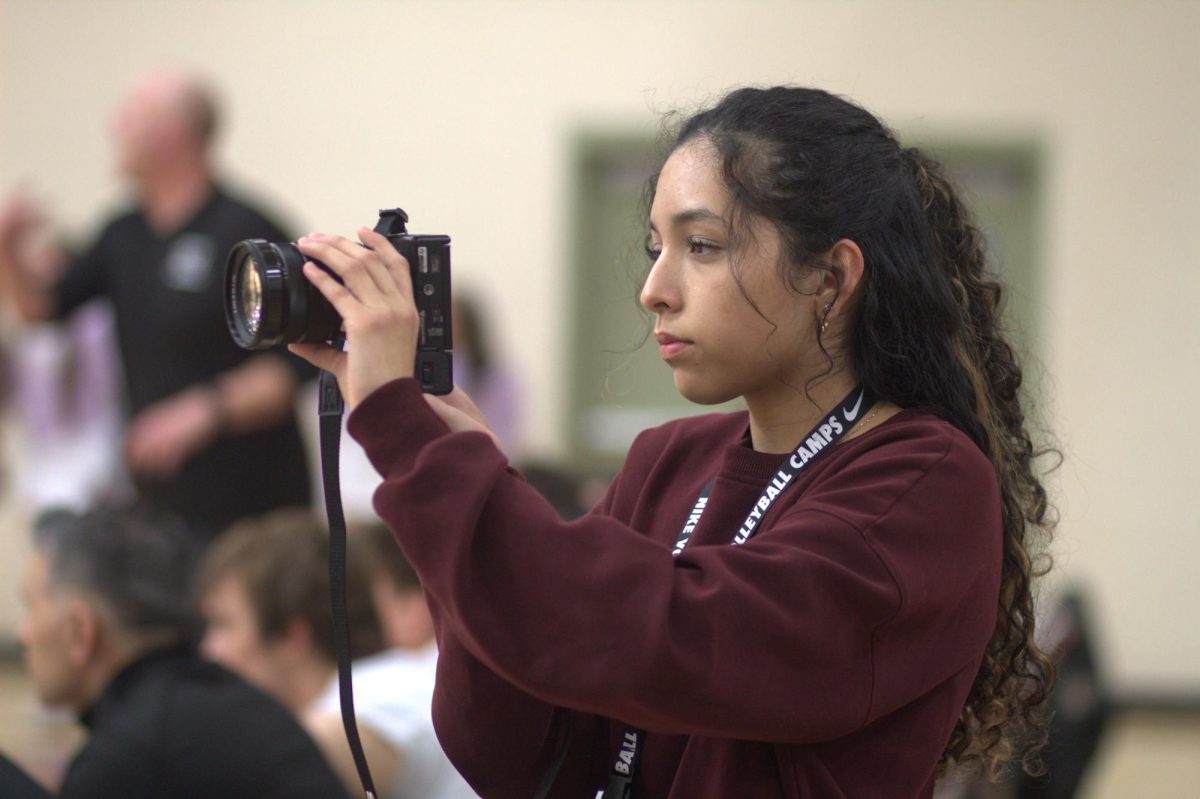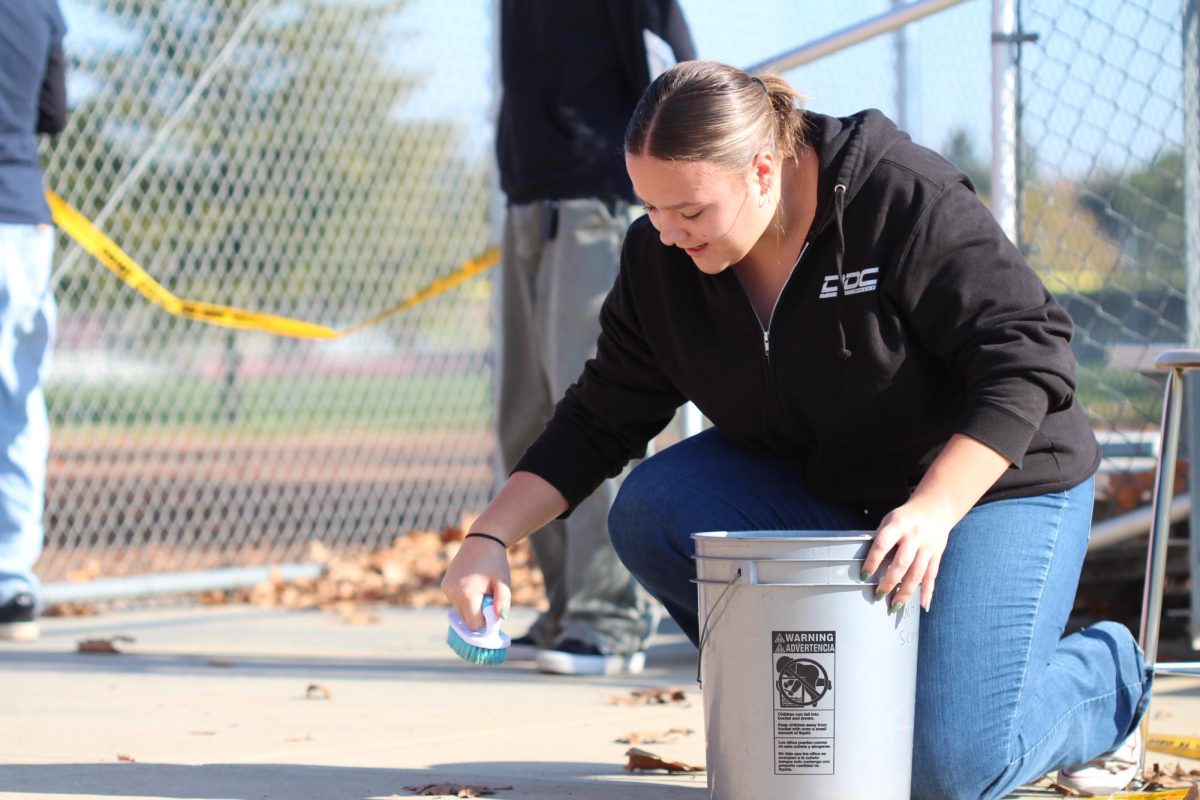Minga was introduced as a digital solution to a growing issue on campus– students leaving class for extended periods to go to the bathroom. Administrators recognized the need for a more organized way to manage bathroom passes, and teachers often struggled with tracking when students left class, which led to an inefficient system. To address this, administration expanded the use of Minga.
“We had found Minga as just the digital ID a couple years ago, and then the digital hall pass was actually talked about among some other administrators at some other high schools,” Ms. Penelope Shelton said. “We were having a pretty big issue with students meeting up during class time with friends in the bathrooms, or kids being out of class for long extended periods.”
The goal was to make tracking students who left class easier, whether that was to visit the bathroom, health aid or front office. Minga allows students to request their passes digitally, removing the need for teachers to manually write them.
“Part of the decision-making process was [considering that] having a teacher stop and write a hall pass disrupts the learning environment,” Shelton said.
One feature that stood out was the accountability Minga forced students to uphold. Before the system, discipline technicians and administrators were unable to identify if a student wandering around campus had been excused from their class. The app, showing a list of active passes, helps reduce the number of students walking around campus, Shelton said.
However, students weren’t pleased with the new system. Many students disliked the responsibility factor of signing out, but for Avery Steindorf, the five-minute limit was far too low.
“I think it’s not enough time at all, especially when I’m on my period,” Steindorf said. “I think whoever thought about using Minga didn’t really think about [periods] because it would take me a little longer than five minutes to do everything.”
Other students, such as Brooke McKean, see Minga’s pros along with its cons.
“This system is a lot more efficient, and it’s less noticeable,” McKean said. “Raising your hand and asking is kind of embarrassing, so [Minga] is very discreet and people won’t even notice you left because it’s kind of in and out.”
The system seemed effective for the staff, who plan to keep Minga for next year, despite some student resistance. The bathroom, once a hotspot for vaping and fighting, became a safer, more monitored space.
“It has greatly reduced the number of students that we have caught vaping in the bathrooms,” Shelton said. “We have had no fights in the bathrooms during class time, which has been something historically that we’ve had [every year].”
Staff observations and data show a clear trend of smoother classroom management. Some teachers say that the system allows them to limit unnecessary time out of class.
“It definitely helps with class management issues,” Mr. Michael Ardito said. “It reduces bathroom abuse time.”
One challenge, however, was the inconvenience for students to get out their Chromebooks to access the pass.
“I’m not totally against it, but sometimes it’s frustrating when I really have to pee, and the teachers are like, ‘No, you have to do your Minga,’” McKean said. “At the end of the day, it’s like, ‘I promise you, I’m just using the bathroom.’”
Regardless of student opinions, the effectiveness of Minga was evident in the numbers, with 33,690 student-created hall passes as of March 10.
“Our discipline techs then know who’s supposed to be out on a hall pass too, because they have access to the Minga dashboard,” Shelton said. “When we see someone out without a hall pass, then we can kind of ask questions and get them back to class.”
Ultimately, the goal was to ensure student safety and maintain a structured environment.
“It’s been a very helpful system, there’s a lot of flexibility within the system and in the end it’s about student safety,” Shelton said. “It has really made sure that our students are at least accounted for, and they’re making safe choices.”
by PAIGE FRIESEN & MILA KLJAJIN






